Tong Qiu
Automatic Procurement Fraud Detection with Machine Learning
Apr 20, 2023Abstract:Although procurement fraud is always a critical problem in almost every free market, audit departments still have a strong reliance on reporting from informed sources when detecting them. With our generous cooperator, SF Express, sharing the access to the database related with procurements took place from 2015 to 2017 in their company, our team studies how machine learning techniques could help with the audition of one of the most profound crime among current chinese market, namely procurement frauds. By representing each procurement event as 9 specific features, we construct neural network models to identify suspicious procurements and classify their fraud types. Through testing our models over 50000 samples collected from the procurement database, we have proven that such models -- despite having space for improvements -- are useful in detecting procurement frauds.
Roadmap on Deep Learning for Microscopy
Mar 07, 2023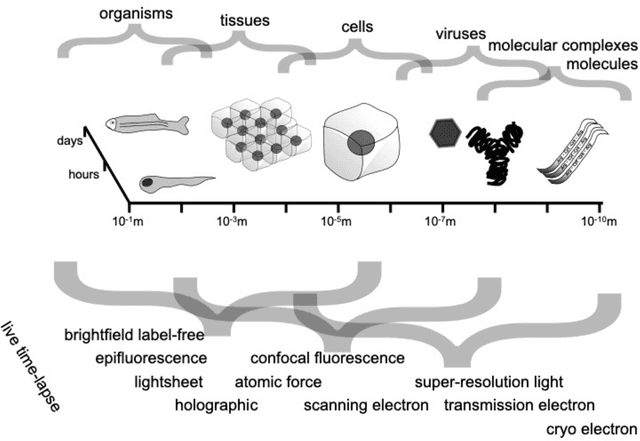
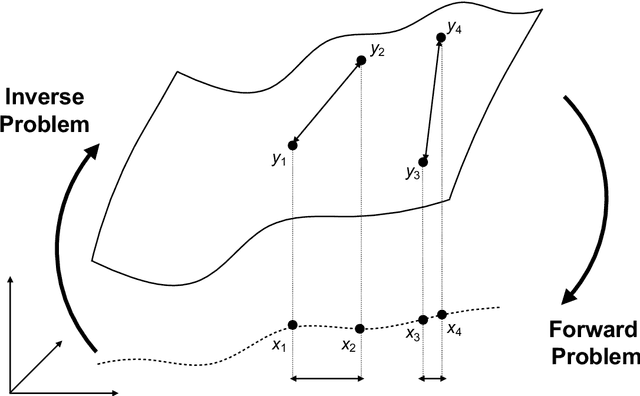
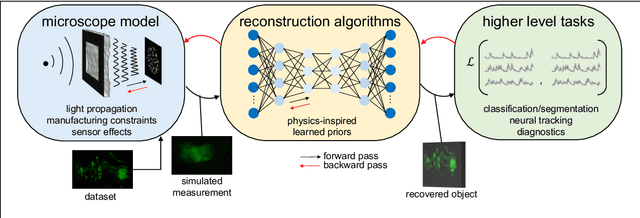
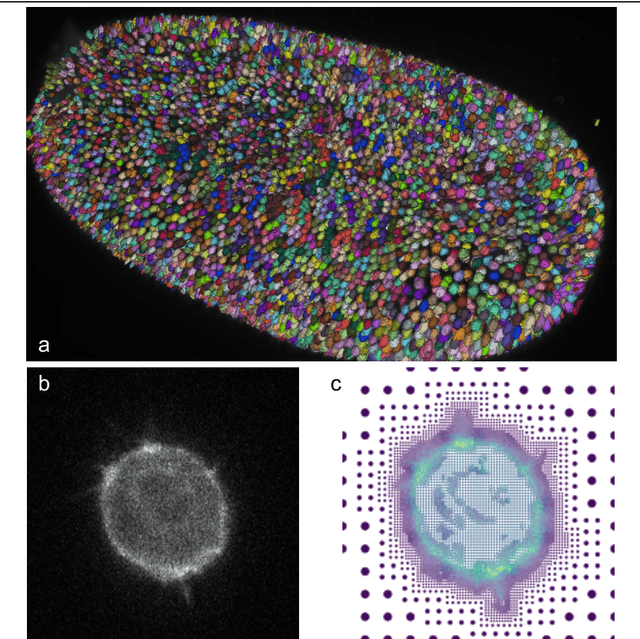
Abstract:Through digital imaging, microscopy has evolved from primarily being a means for visual observation of life at the micro- and nano-scale, to a quantitative tool with ever-increasing resolution and throughput. Artificial intelligence, deep neural networks, and machine learning are all niche terms describing computational methods that have gained a pivotal role in microscopy-based research over the past decade. This Roadmap is written collectively by prominent researchers and encompasses selected aspects of how machine learning is applied to microscopy image data, with the aim of gaining scientific knowledge by improved image quality, automated detection, segmentation, classification and tracking of objects, and efficient merging of information from multiple imaging modalities. We aim to give the reader an overview of the key developments and an understanding of possibilities and limitations of machine learning for microscopy. It will be of interest to a wide cross-disciplinary audience in the physical sciences and life sciences.
A Meta-Learning Based Gradient Descent Algorithm for MU-MIMO Beamforming
Oct 27, 2022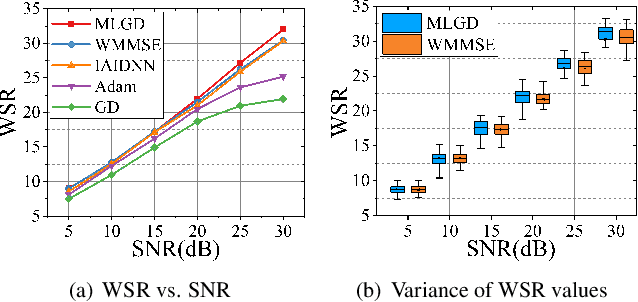

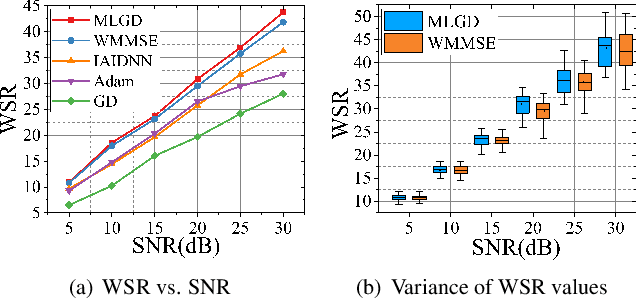
Abstract:Multi-user multiple-input multiple-output (MU-MIMO) beamforming design is typically formulated as a non-convex weighted sum rate (WSR) maximization problem that is known to be NP-hard. This problem is solved either by iterative algorithms, which suffer from slow convergence, or more recently by using deep learning tools, which require time-consuming pre-training process. In this paper, we propose a low-complexity meta-learning based gradient descent algorithm. A meta network with lightweight architecture is applied to learn an adaptive gradient descent update rule to directly optimize the beamformer. This lightweight network is trained during the iterative optimization process, which we refer to as \emph{training while solving}, which removes both the training process and the data-dependency of existing deep learning based solutions.Extensive simulations show that the proposed method achieves superior WSR performance compared to existing learning-based approaches as well as the conventional WMMSE algorithm, while enjoying much lower computational load.
 Add to Chrome
Add to Chrome Add to Firefox
Add to Firefox Add to Edge
Add to Edge